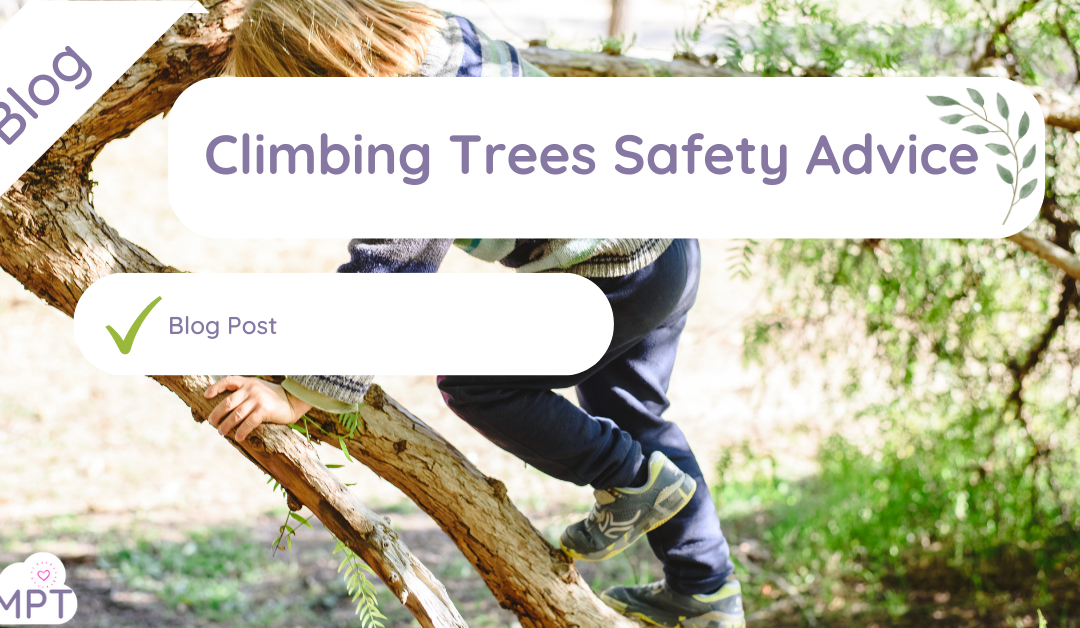Tree Climbing Safety for Risk Assessments
Firstly, ensure you carefully select a suitable tree that fits with your insurance criteria -look at the conditions and strength of the branches. If you’re unsure, contact a local woodland society or charity, as they are always happy to help.
Once chosen, you must offer a good group briefing beforehand and supervise tree climbing at all times. It is recommended that children only climb to a distance of their height and that only three climb simultaneously.
Before the lesson begins, clear the ground area and check for hazards. It is also a good idea to find a low branch to direct the pupils to before they start climbing.
Please do make it clear that children choose to climb; there must not be any external influences!
Benefits to children:
– Managing risk.
– Making judgments.
– Balance.
– Co-ordination.
– Developing confidence.
– Physical enjoyment.
A reminder of safe tree climbing tips:
- Ask the children to test the tree first. Is it sturdy? Can it take our weight?
- Do not help children into a tree; they have to get up it themselves or not all. This way, you know, if they can get up, they can get out and it encourages persistence.
- Ask children only to climb up to their height so they can be helped down if needed.
- Ensure you have a risk assessment for this and SLT and parents have agreed you can do tree climbing.


